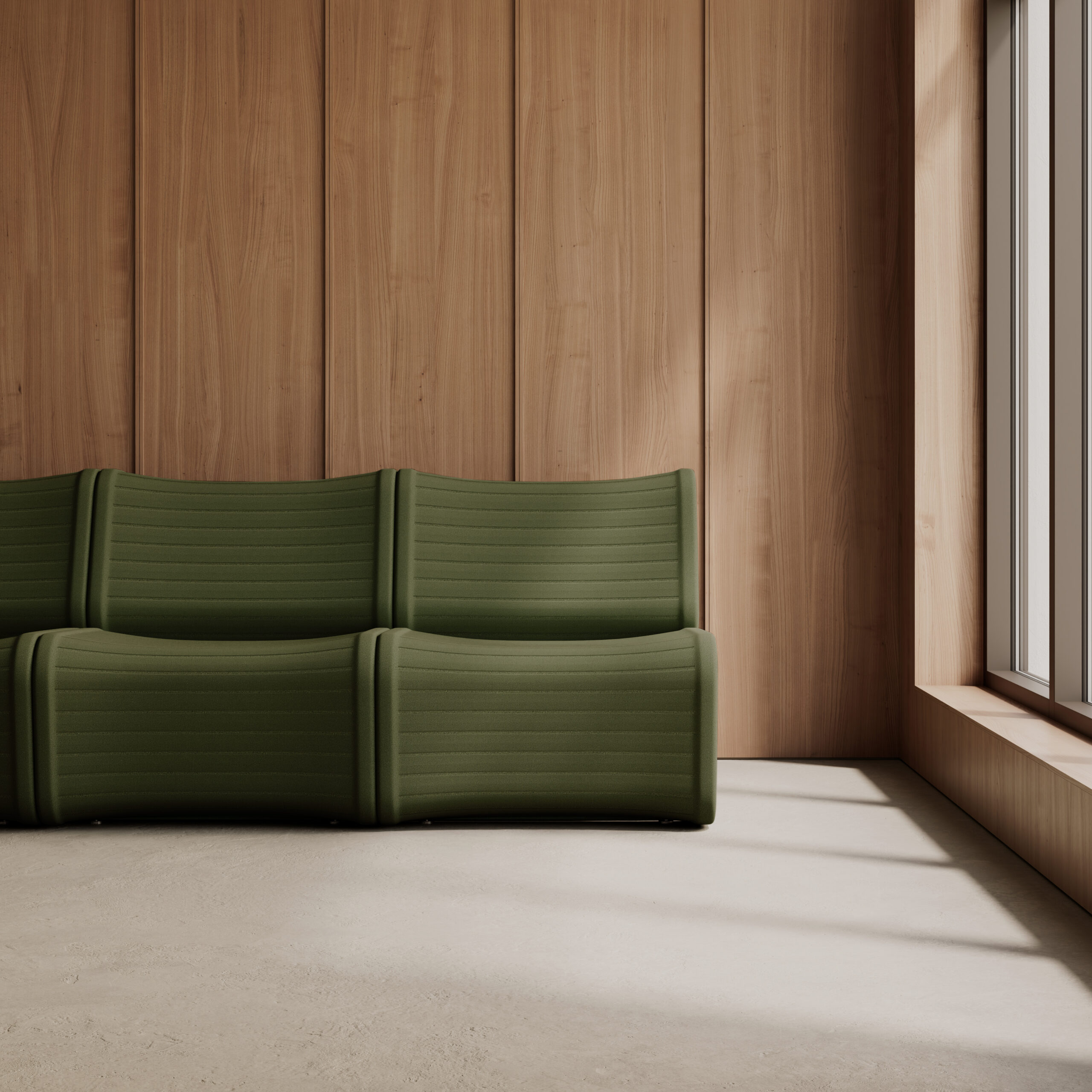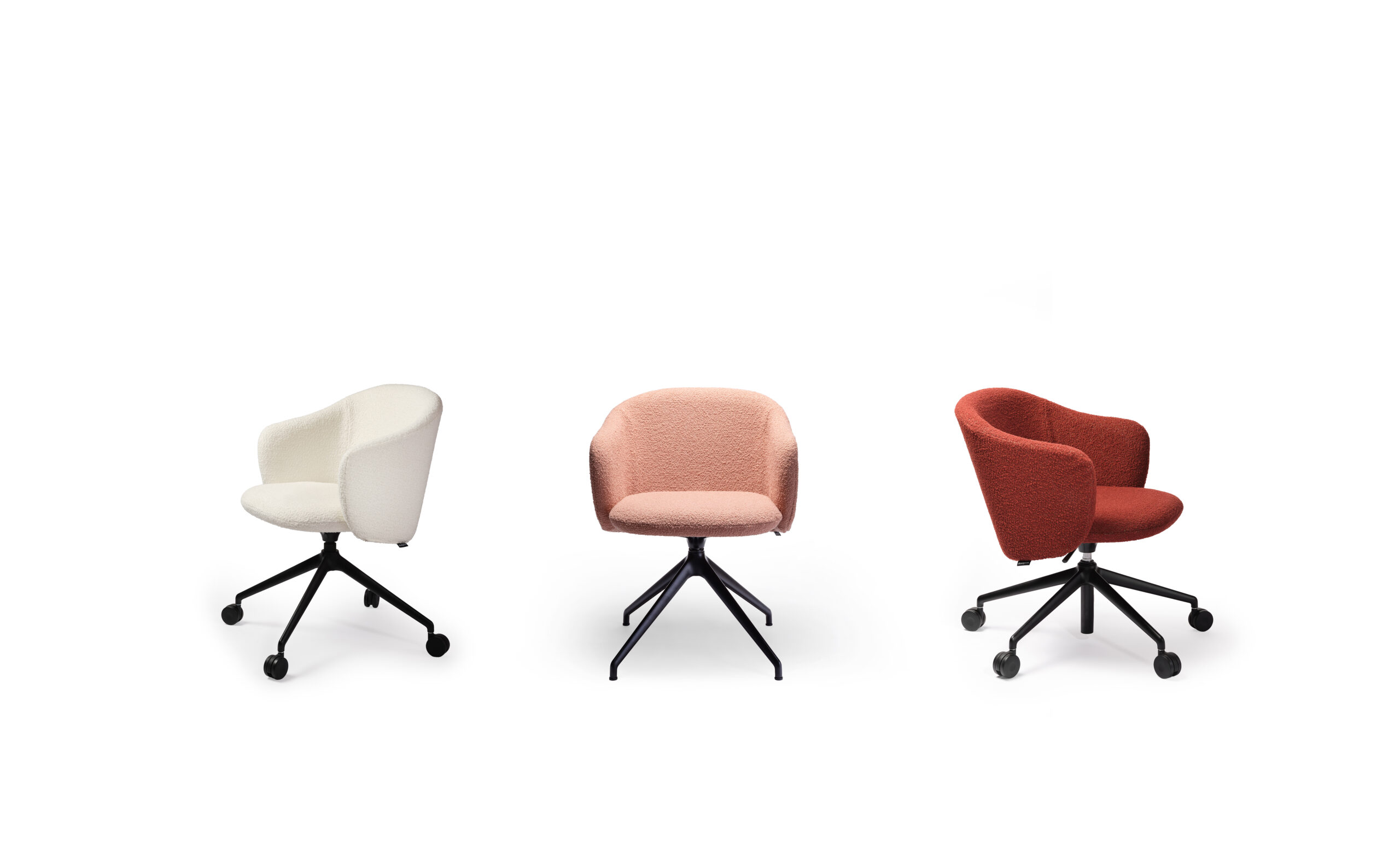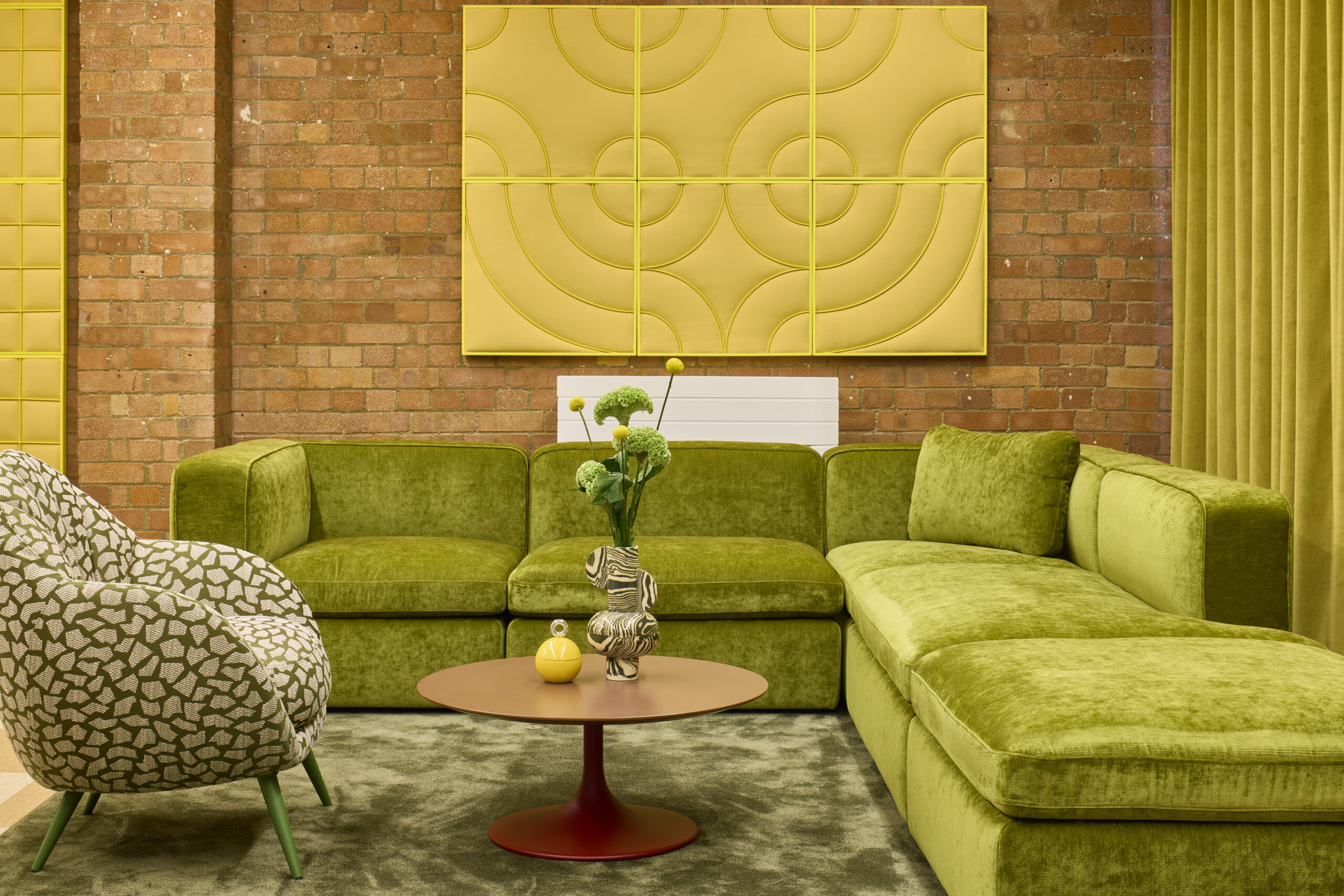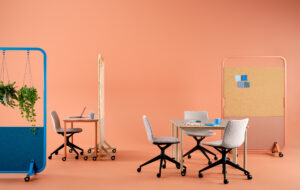 The handsome sandstone facade is punctuated by large rectangular windows that wrap around the corners of the building|Allan Murray Architects’ Cube|Suspended cuboid meeting rooms project into the central atrium and give the Cube its name|The ancient bastions on Calton Hill as seen from the terraces of the fourth and fifth floor|Conceptual sketch by Allan Murray Architects. Note the cobbled path allowing the public to cut through the back of the building||
The handsome sandstone facade is punctuated by large rectangular windows that wrap around the corners of the building|Allan Murray Architects’ Cube|Suspended cuboid meeting rooms project into the central atrium and give the Cube its name|The ancient bastions on Calton Hill as seen from the terraces of the fourth and fifth floor|Conceptual sketch by Allan Murray Architects. Note the cobbled path allowing the public to cut through the back of the building||
The cool modernism of Allan Murray Architects’ Cube neatly slots into the historic fabric of the Scottish capital
Edinburgh is no stranger to construction. Since 2008, the natives have been waiting expectantly for the much vaunted tram system to come to fruition – a mammoth undertaking that has left the city in an apparently permanent state of flux.
But while the shiny new transport system slowly takes shape, another ambitious project waits in the wings: the £850 million regeneration of St James Quarter by local practice Allan Murray Architects and BDP. Pencilled in from 2011, the project includes the demolition of unloved brutalist monolith St James Centre on Leith Street. A gargantuan concrete edifice in the best tradition of 70s architecture, it was never destined for affection in such an historic city and one suspects a collective cheer will herald the wrecking ball’s accession.
Sitting coolly opposite this scene of future destruction is The Cube by Allan Murray Architects (AMA). Constructed on a troublesome brownfield site, which no developer in their right mind would touch with 15-foot scaffold pole, the six-storey building squeezes an improbable 7,435 sq m of office space inside its stone and glass envelope with deceptive ease.
“We approached the site with an open book,” explains Angus Eitel, project architect for AMA. “And decided the commercial office option stacked up.”
However, to prepare for development numerous obstacles needed to be overcome. The site teetered on one of those nigh on vertical hills for which the city is notorious; gas, power, water and telecoms crossing the area all had to be diverted; on top of that the adjacent bridge terminal linking the site to St James Centre was uncomfortably close to the excavation zone.
“It was six months after we started on site before there was any sign of building going on,” explains Eitel. Despite the complications of the site, the planning process was relatively straightforward. “All the major work such as daylight analysis on the neighbours and that kind of thing had already been done.”
After a few minor design tweaks the practice got the green light in October 2007 with work kicking off in March the following year.
At first glance the Cube appears slightly awkward. For starters, it’s not really a cube, more a slightly warped K-Shape.
In fact, the name comes from a brace of cantilevered meeting rooms in the main atrium. Equally deceptive is the view from the building’s rear. The sharp incline of Calton Hill leaves passers-by peering into the second floor completely unaware of just how dense the plot is.
The main façade on Leith Street is predominantly glass, but the building retains a sense of solidity through the stonework. This solidity is accentuated by wooden screens, which hang in the windows. Initially, rejected by a sceptical client, who felt they would compromise their “sexy glass building”, a two-pronged attack from both architect and developer changed their mind. Operated by hand, the screens have a dual purpose, namely heading off the sun’s rays and rather cleverly preventing desks from being jammed up against the windows. So often the bane of glazed office architecture.
“There were a lot of things that could have gone spectacularly wrong, but you forget about that when you see the building”
“It’s our way of controlling the architecture regardless of what happens in the inside,” says Eitel. They are undoubtedly an interesting feature, although any obsessive compulsives may have to fight the urge to perfectly align each one.
Wander around the back and the glazing gives way to a handsome sandstone façade punctuated by large rectangular windows, which wrap around the building’s corners. Despite this the Cube does not lack coherence.
The Leith street elevation acknowledges the cylindrical glazed tower of the Calton Square Office (also by AMA) while the top floor references a nearby tenement building’s attic floors. Below, existing cobbled footpaths through the site have been retained, a democratic tradition peculiar to Edinburgh.
“There has always been this historic link, which we have tried to maintain,” explains Eitel. “It’s a very Edinburgh thing to do.” As the building rises, it recesses to create rooftop patios on the fifth and sixth floors. Featuring landscaped area, it’s a pleasing contrast to the stone and glass.
From here Calton Hill’s ancient bastions can be appreciated, but Eitel confesses that this was largely serendipitous: “We are not going to pretend that we knew everything. Some of the views we just weren’t expecting. The were just due to the nature of the topography.”
A five-storey glass atrium houses the main reception, a space animated by two cube-shaped meeting rooms projecting across the void above. The open-planned interior minimises interference from structural columns and is designed to allow as much natural light in as possible. Natural stone floors contrast with a mixture of painted plaster and warmer softwood joinery finishings designed to enhance the natural and artificial lighting. This straightforward approach carries over into the sustainability realm.
To comply with Scotland’s new green regulations (toughened in May 2007) the practice concentrated hard on getting the basics right. Therefore seemingly no frills details such as minimising air leakage and solar gain were thrust to the fore. The back to basics approach paid dividends as carbon emissions were slashed by a quarter enabling the building to achieve BREEAM ‘Excellent’ rating and a ‘B’ rated Energy Performance Certificate.
“It was challenging to deliver the requirements, but we had a great team,” says a magnanimous Eitel. “There were a lot of things that could of gone spectacularly wrong, but you forget about those things when you look at the building in its current state.”























